Addressing Water Damage Emergencies: Precautions to Take Before Professionals Arrive.
When faced with a water damage emergency, every second counts. Swift action can make all the difference in mitigating further damage and potential risks to your property. Understanding what steps to take before the experts arrive is crucial in safeguarding your home and possessions. In this blog, we will guide you through the essential measures to address a water damage emergency effectively. From ensuring personal safety and stopping the water source to salvaging valuables and beginning the drying process, taking immediate action can be the key to a smoother restoration process. Let’s explore the necessary steps to protect your home and loved ones during this challenging time.
2. Safety First: Assessing the Situation
Water damage emergencies can be overwhelming and pose potential hazards to your safety. Therefore, before diving into any actions, it is vital to prioritize your well-being. The first step is to carefully assess the situation to understand the extent of the damage and identify any immediate risks.
Start by ensuring your own safety and that of your family members. If the water damage is severe and poses a threat to your well-being, evacuate the premises immediately and seek safety outside. Remember, your possessions can be replaced, but your health and safety are irreplaceable.
Once you have confirmed it is safe to remain inside, take a moment to inspect the affected area cautiously. Watch out for electrical hazards, such as exposed wires or outlets submerged in water. In such cases, it is essential to shut off the electricity to the affected area and avoid touching any electrical appliances or fixtures.
Additionally, assess any structural damage that might have occurred due to the water. Look for sagging ceilings, bulging walls, or signs of potential collapse. If there are any signs of compromised structural integrity, avoid entering the affected area until professionals can evaluate and address the situation.
By carefully evaluating the water damage scenario and prioritizing your safety, you can make informed decisions about the necessary actions to take. Remember, when in doubt, err on the side of caution, and always put your safety first. Once you have ensured your safety and the safety of those around you, you can proceed with the next steps to mitigate the damage and prevent further escalation.
3. Stop the Water Source and Electricity
One of the most critical steps in dealing with a water damage emergency is to halt the source of the water intrusion as quickly as possible. This action prevents additional water from entering the affected area and exacerbating the damage. Depending on the cause of the water damage, there are specific measures you can take:
For Burst Pipes or Plumbing Leaks:
– Locate the main water shut-off valve for your property and turn it off. This valve is usually located near the water meter or where the main water line enters the building.
– If you can identify the specific pipe that has burst or is leaking, turn off the water supply to that pipe using the individual shut-off valve.
For Appliance Leaks (e.g., washing machine, dishwasher):
– Turn off the appliance’s water supply by shutting off the dedicated supply valve usually located behind or beneath the unit.
Once you have successfully stopped the water source, the next step is to address the electricity in the affected area. Water and electricity are a dangerous combination and can lead to electrical shocks or fires. To safeguard against such hazards:
– Switch off the power to the affected area by turning off the circuit breaker or removing the fuse for that area.
– If the power distribution panel is located in the flooded area or is not accessible safely, contact a qualified electrician to turn off the power supply to your home.
Remember, if you are unsure about how to shut off the water supply or electricity safely, it is best to wait for professional assistance. Additionally, avoid using electrical appliances or devices in the affected area until the power has been safely restored. Taking swift action to stop the water source and electricity can significantly reduce the severity of the water damage and create a safer environment for the next steps of the restoration process.
4. Salvaging Valuables and Possessions
In the chaos of a water damage emergency, it’s crucial to salvage valuable items and possessions as quickly as possible. Items such as important documents, electronics, photographs, and sentimental valuables are susceptible to water damage and should be removed from the affected area promptly.
Start by wearing protective gloves and, if available, waterproof boots to avoid contact with contaminated water. Carefully retrieve valuable items from waterlogged areas and move them to a dry and safe location, ideally on higher ground or in an unaffected part of your home. If necessary, use towels or absorbent materials to gently dry the salvaged items.
Although time is of the essence during a water damage emergency, exercise caution when handling delicate items like photographs or documents. If any valuables are severely damaged, take photographs of them for insurance purposes before discarding them.
5. Remove Excess Water and Dry the Area
After salvaging valuables, it’s crucial to remove excess water from the affected area to prevent further saturation and potential mold growth. Use mops, towels, and buckets to soak up standing water, and empty the buckets away from the home to prevent recontamination.
To expedite the drying process, increase ventilation in the area by opening windows and doors, if safe to do so. Utilize fans to circulate air and dehumidifiers to reduce humidity levels, which helps accelerate evaporation. Be cautious when using electrical appliances in the wet environment and ensure they are placed on dry surfaces.
Keep in mind that while these initial drying efforts can help mitigate immediate damage, professional-grade equipment and expertise are essential for a comprehensive and thorough drying process.
6. Documenting the Damage
In the aftermath of a water damage emergency, it is crucial to document the extent of the damage for insurance purposes and when working with restoration professionals. Before starting any cleanup or repair, take photographs and videos of the affected areas, capturing details of the waterlogged items, structural damage, and the overall condition of the property.
These visual records serve as valuable evidence for insurance claims and can aid restoration experts in assessing the situation accurately. Make sure to store these documentation files in a safe location, such as cloud storage or a waterproof container, to avoid further damage.
Conclusion
In a water damage emergency, taking swift and informed action can significantly impact the outcome of the restoration process. By prioritizing safety, stopping the water source, and securing electricity, you create a safer environment to salvage valuable items and possessions. Promptly removing excess water and initiating the drying process helps prevent further damage and mold growth. Lastly, documenting the damage ensures a smoother insurance claim process and aids professional restoration efforts.
However, it’s essential to remember that water damage restoration is a complex task that requires expertise and specialized equipment. Contacting 1st Choice Structural Drying ensures that trained professionals will assess and address the water damage thoroughly, bringing your property back to its pre-damage condition efficiently and effectively.

